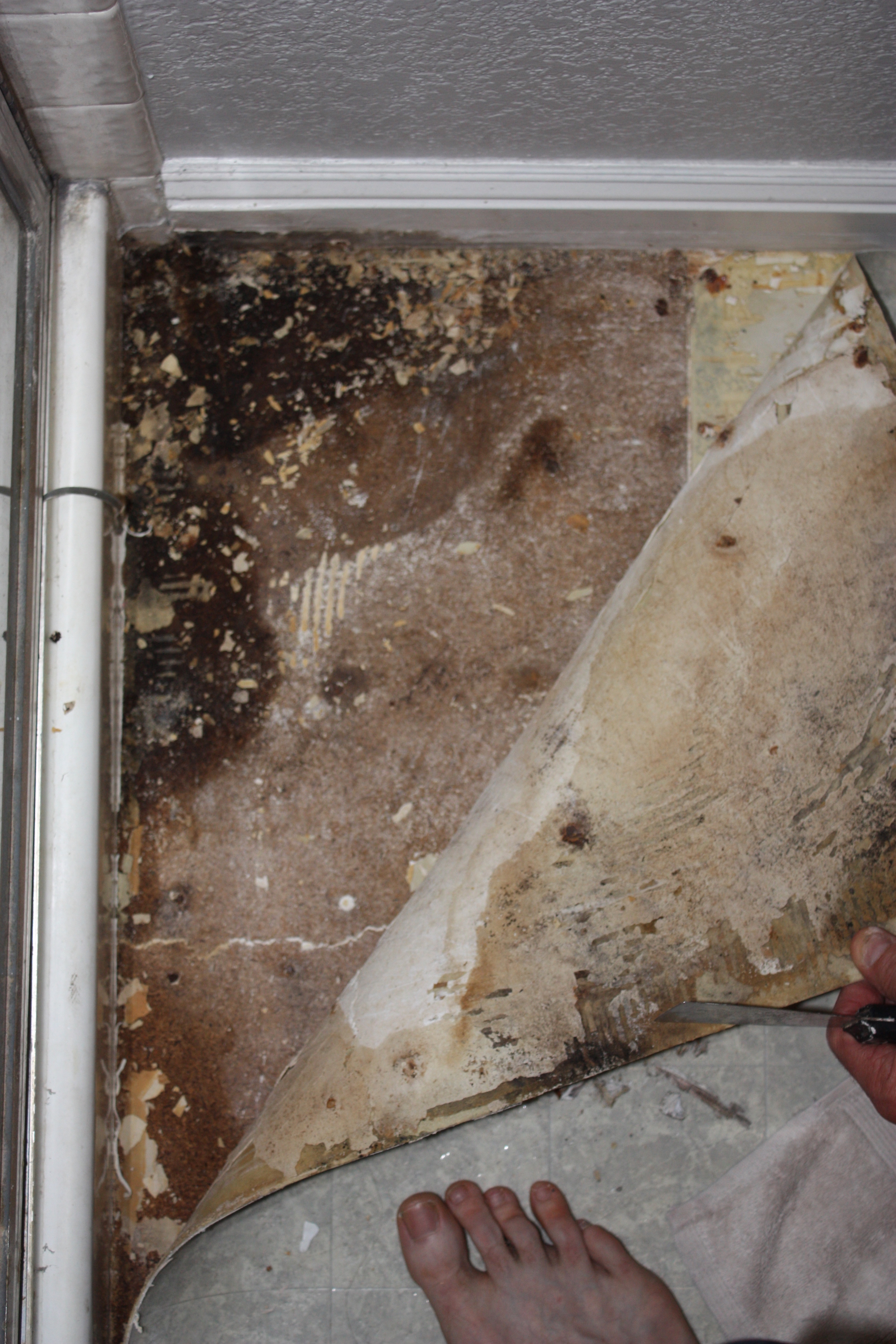Just How to Avoid Bathroom Water Damage
Just How to Avoid Bathroom Water Damage
Blog Article
What are your opinions regarding How to Prevent Bathroom Water Damage?

The shower room is incredibly susceptible for moist build-up and also potential water damage as a result of the frequent use of water in it. This post offers easy assessment strategies to help finding water damages threats.
The frequent use of water in the shower room makes it incredibly prone for wet accumulation as well as potential water damage. By evaluating it regularly, you can reduce water associated problems.
The adhering to set of assessments is very easy to execute and also should be done once in every three months in order to keep your shower room in good shape and to prevent potential water damages caused by the bathtub, the shower, pipe joints and also plumbing, sinks, cabinets, and the bathroom
Do not forget executing these inspections and also be thorough while executing them. Remember that these simple examinations can conserve you a great deal of money by offering early indications for water damage
Sinks and Cabinets
Sinks and cabinets are exposed to moisture and also moisture day-to-day as well as are commonly ignored. Check on a regular basis under the sink as well as on the counter top above it. Repair any drip in the catch as it might recommend drain issues. Take a look around the sink, slow draining pipes may show an obstructed drainpipe. Replace sink seals if they are cracked or loose.
Bath tub and also Shower
The shower as well as tub require special focus as well as maintenance. Check the tiles and also change if broken. Ensure that there is no missing cement in between the ceramic tiles. Check and also replace fractured caulking at joints where the wall surfaces satisfy the floor or the bathtub. Obstructed drains pipes and pipes problems will stop the tub from drying as well as may show major problems under the tub. Consult with a specialist right away to prevent architectural damages. Take note of stainings or soft locations around the bath tub walls as they may suggest an internal leakage.
Plumbing
Signs for water damage are hard to find because the majority of pipes are installed inside the wall surfaces.
Pay special focus to flooring and also walls dampness as well as discolorations as they may show an unnoticeable plumbing trouble. Inspect dampness degrees in adjacent spaces also.
The Commode
The toilet is a prone water junction. Inspect the water lines and also search for leaks around the commode seat, in the hose, as well as under the water container. If you spot any type of indicators of dampness on the floor around the bathroom, check for leaks in the toilet edge and container seals.
Be aware that hanging bathroom dish deodorants boosts the chances for blockages.
Water Damage Signs In The Bathroom To Avoid Cleanup
Musty smell
This is one of the easiest signs to catch because musty smells are so odorous. The damp, earthy, moldy smell should be a big red flag. The smell will develop when moisture gets trapped in surfaces, and begins to facilitate mold growth. Leaking pipes under cabinets, inside walls, and behind shower fixtures will cause moisture to stay trapped and not dry, which will lead to mold growth and spread. As soon as you notice any musty smells in your bathroom, have it checked for hidden water damage and cleanup signs.
Visible mold
If the smell isn’t there to give it away, sometimes you will actually see mold growth. Finding mold in your bathroom is a serious problem, because mold is very harmful to your health. By the time mold growth is visible, it also means that water damage has already occurred and been present for some time. The only way the mold problem can be resolved is to find the source of the moisture and get it stopped. To safely and adequately remove mold, you need to have professionals handle the remediation. Do not waste any time in getting mold problems addressed, fixed, and sanitized so that you can protect you and your family from the many respiratory symptoms caused by mold exposure.
Damaged floors
Bathroom floors should be able to withstand some exposure to water while still remaining in good condition. However, when excess exposure or water leaks occur, they will begin to damage even the most water-resistant flooring. If you notice any cracking, bubbling, staining, or warping on your bathroom floors, there is probably a water leak somewhere causing the distortion. If you notice areas of the floor have become softer, or even have a spongy feeling, there is probably damage to the subfloor. Subflooring is typically made up of plywood. When plywood is exposed to water or moisture, it will absorb it. Once it has become saturated, the weight of the excess water will cause the wood to swell and soften. Check the floors in your bathroom frequently to catch any of these sings before they lead to damaged subflooring.
Changes on walls
When water leaks behind walls, it will cause changes in the drywall. Peeling plaster, blistering paint, and soggy wallpaper are all good indicators that excess water is building up behind the wall. Water leaking behind drywall will cause it to swell and be soft to the tough. If you start to notice gaps along the trim of your walls, or where tile meets the wall, it could also be a strong indicator that there is a leak behind the wall. Any changes, distortion, or damage on the walls should be evaluated as soon as you notice it to prevent further water damage and cleanup.

We had been made aware of that editorial about How to Repair and Prevent Bathroom Water Damage from someone on another web address. Be sure to take the time to distribute this entry if you liked it. Thank-you for going through it.
Book Appointment Now Report this page